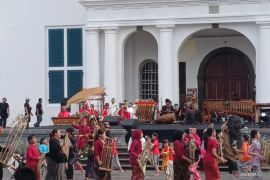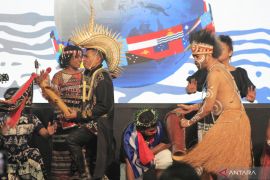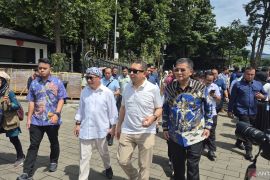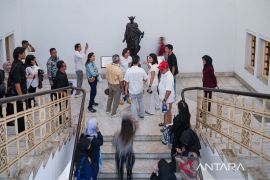Head of the institute's Dieng Temple Unit, Eri Budiarto, said here on Tuesday that 30 people took part in the excavation process, which involved the BPCB, local police and military personnel.
The Ganesha statue made of andesite was recovered by a farmer when he was ploughing his paddy field at a depth of 50 centimeters in December 2019. The statue, 140 cm in height and 120 cm in width, was found without a head and arms.
"This is the largest Ganesha statue found in Dieng, but we have yet to find its head and arms. We first unearth and save it, and then bring it along with the other stones found around the site of the Dieng Museum," Budiarto said.
The recovery is expected to reveal more data on the Dieng site, as the current archaeological and historical data has yet to bring significant information on the site.
"Hopefully with the finding, and research to follow, we can reveal more data on the Dieng cultural heritage," he said.
The institute had previously found small-sized Ganesha statues around the temple. On average, the statues are 80 cm in height and 90 cm in width.
Although all the statues were recovered around the temple, there is no evidence that they were part of the temple, he said.
Lord Ganesha is one of the best known and most worshipped deities in the Hindu pantheon and is widely revered as the remover of obstacles, the patron of arts and sciences and the deva of intellect and wisdom.
Related news: Archaeologist finds megalithic statue in Srobu site, Papua
Related news: Ancient statue in Larantuka smuggled into Australia
Translator: Heru Suyitno, Sri Haryati
Editor: Rahmad Nasution
Copyright © ANTARA 2020












